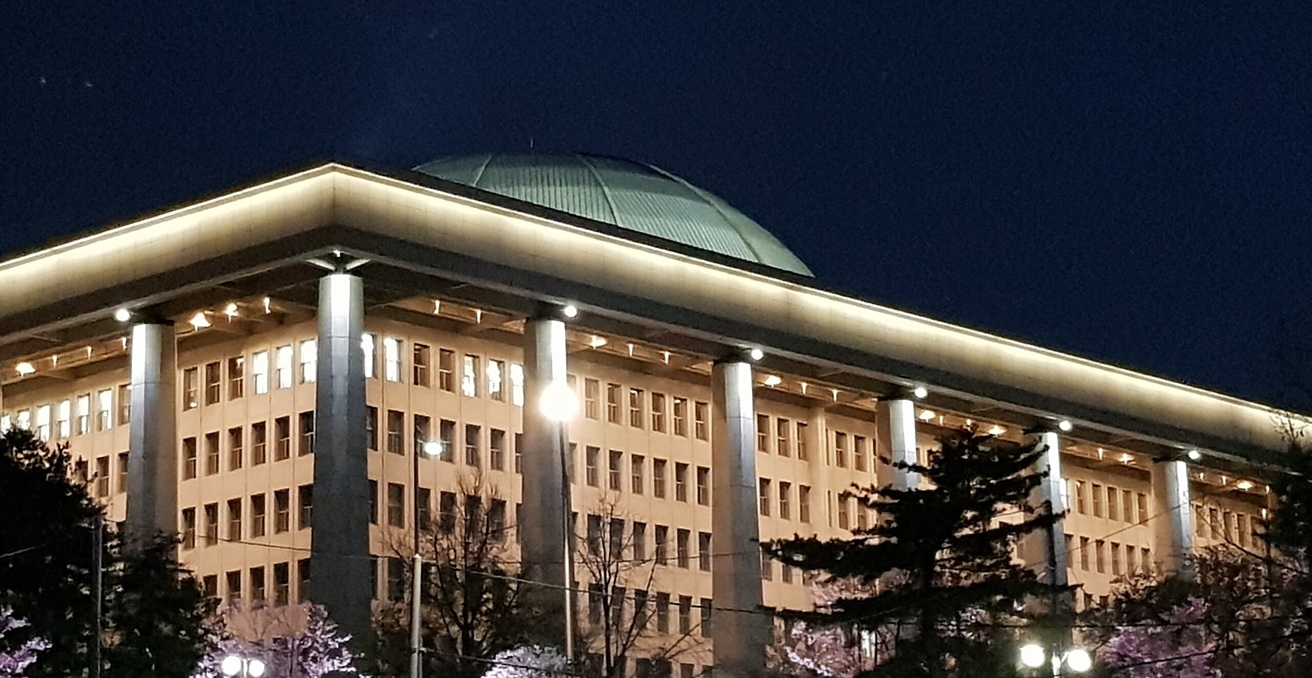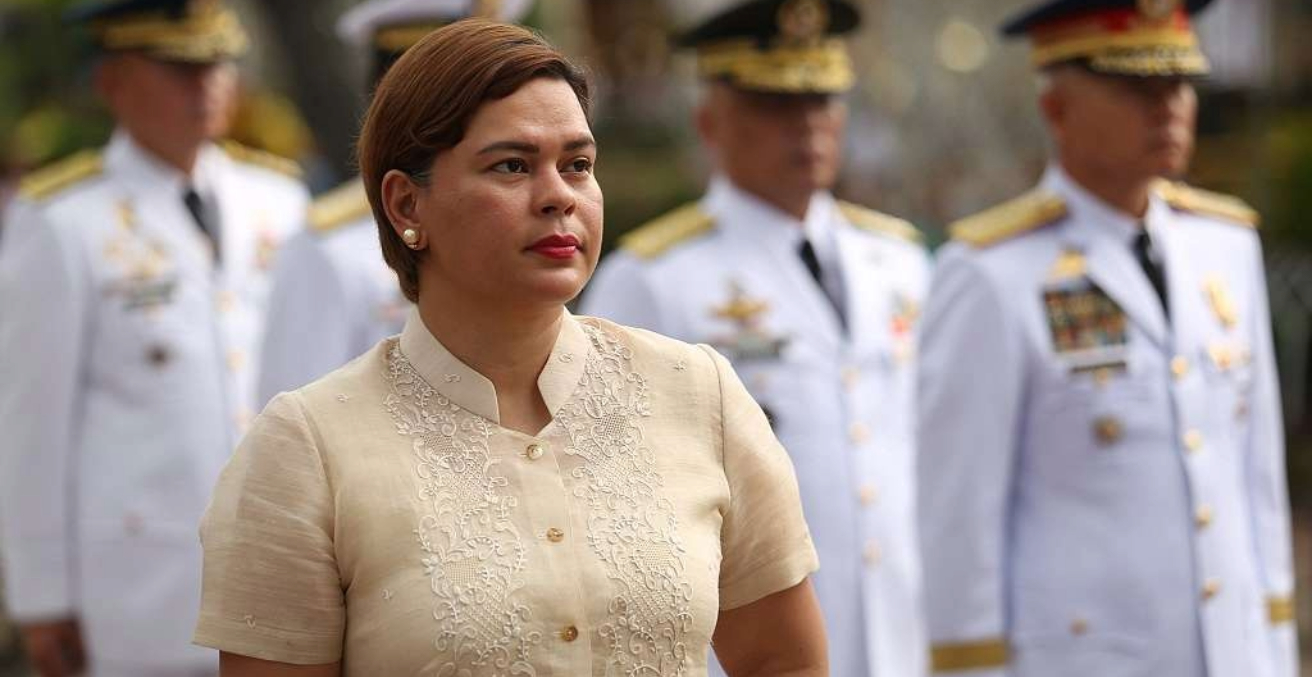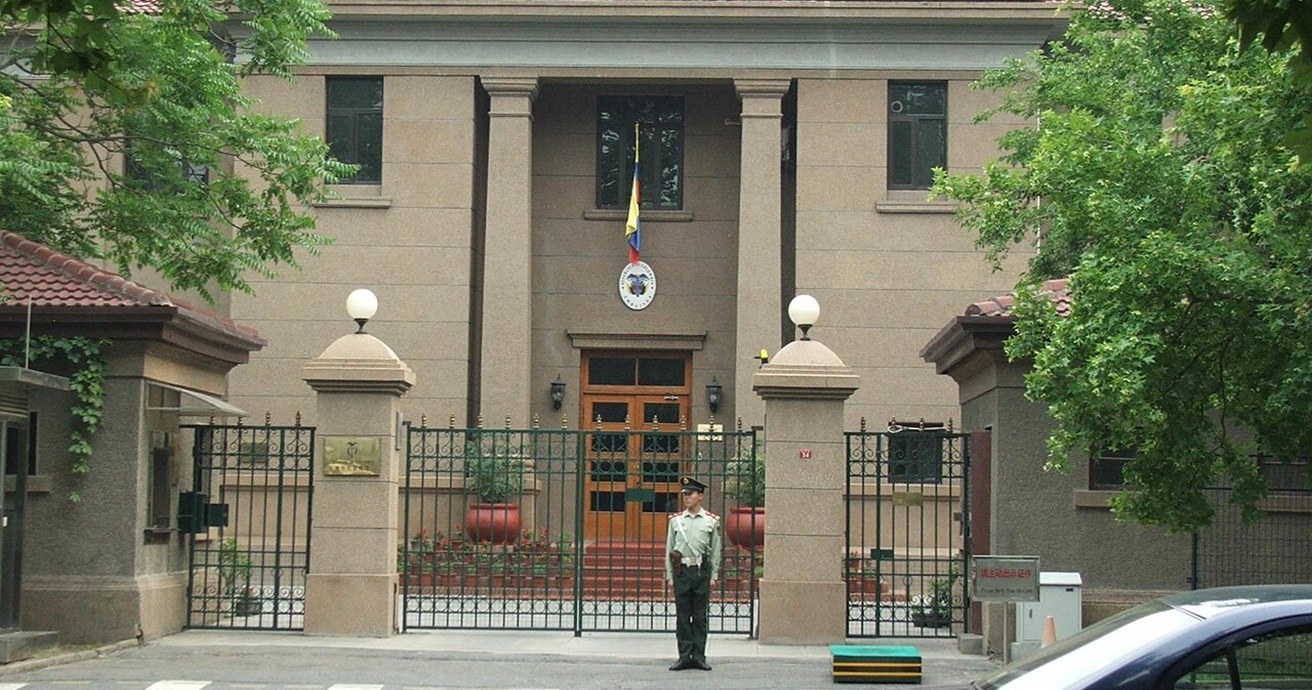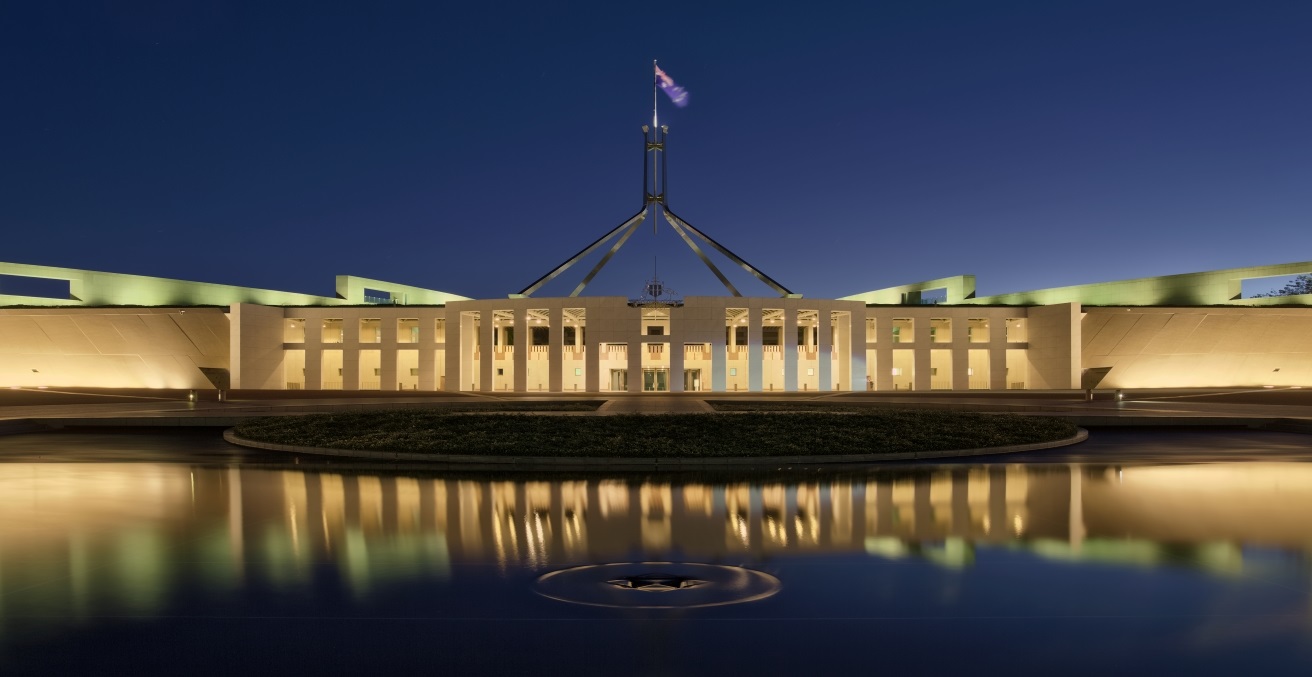The European Conservatives and Reformists (ECR) group is reshaping perceptions of the far-right in the European Parliament through strategic cooperation with mainstream parties. Despite internal divisions and nationalist challenges, its growing influence highlights the complexities of far-right politics in a transnational context.
The European Parliament (EP), elected every five years by the citizens of the (currently) 27 member countries of the European Union (EU), has become an intriguing setting for studying the far-right in Europe. Here, without delving into the academic debate on what constitutes the far-right, we use this label simply to refer to parties positioned further to the right than the European People’s Party (EPP), which represents the mainstream political right in the EP. At the inaugural session of the current legislature, far-right parties held a notable 26 percent of total seats, an increase from the 18 percent they controlled in the previous legislature.
However, this numerical strength does not necessarily translate into political influence. This is partly because the nationalist agenda that defines their policies tends to undermine transnational cooperation, leading to limited political coherence across the spectrum. Currently, the far-right is distributed across three different groups in the EP, ranked by size in descending order: the Patriots for Europe (PfE); the European Conservatives and Reformists (ECR), and Europe of Sovereign Nations (ESN).
The hard-Eurosceptic PfE and ESN are subject to a so-called “cordon sanitaire” by mainstream political groups, which excludes them from key office positions in the EP. Crucially, however, the ECR group is not subject to this exclusion, and they currently hold three committee chairs (for the Agriculture, Budget and Petition Committees) and have three members on the EP bureau (two vice-presidencies and a quaestor). Additionally, some of its parties were also considered as potential allies by Ursula von der Leyen, the President of the European Commission, particularly in seeking support for her reconfirmation as Commission President. Indeed, as she indicated, she was open to working with parties “pro-European, pro-NATO, pro-Ukrainian, clearly supporters of our democratic values.” At least some of the ECR members were seen by von der Leyen as compliant with her “red lines.”
The ECR’s increasing political relevance in the EP aligns with the growing domestic influence of its member parties: two of its largest national delegations, Italy’s Brothers of Italy and the Czech Civic Democratic Party, lead their respective governments, while Poland’s Law and Justice governed until 2023. Although one of its founders, the British Conservative Party, departed following Brexit, the group has grown in geographical reach and size in the current legislature (78 seats) compared with the previous one (62 seats).
Since the group’s establishment in 2009, its growing relevance has prompted us to examine the ECR’s voting patterns and the extent to which it cooperates–or does not cooperate–with the mainstream parties in the EP. While previous research has greatly contributed to our understanding of the ideology of this group, notably with respect to its position on European integration (unlike the hard-Eurosceptics further to the right, the ECR’s stance is Eurosceptic but not in principle anti-European; in fact, they prefer the term “Eurorealist” to describe their approach) an empirically grounded analysis of its voting behaviour was missing.
In a recently published article, we therefore analysed approximately 1,300 final roll-call votes cast in the EP plenary between summer 2019 and summer 2022. We measure the ECR’s level of agreement with the centre-right EPP group and the hard-Eurosceptic group at its right, which in the previous legislature was called Identity and Democracy (ID) and included parties like Marine Le Pen’s National Rally and Matteo Salvini’s League. In a nutshell, contrary to narratives that associate the ECR more closely with the hardline far-right, our data shows that the group cooperates more frequently with the Europeanist EPP (in more than 70 percent of the final votes) than with the hard-Eurosceptic ID group (in less than half of the votes).
However, it is important to note that the ECR diverges significantly from the mainstream groups in certain policy areas, notably gender, international development, and institutional affairs (for instance, on gender issues, the group aligned with the majority in fewer than ten percent of votes). The ECR’s opposition in these areas reflects both its view on European integration–where it embraces the view that the EU should do less, but better–and its ultra-conservative values, clashing with the social and political liberalism that characterises the majority’s stance.
A key policy area where the group tends to diverge from the mainstream majority is migration. This is not surprising given that migration is a flagship policy for far-right parties, which call for border closure, the repatriation of migrants, and limits to asylum rights. And yet, the group’s member parties do not present a unified position when voting on legislation on migration. Migration presents a specific challenge to the ECR’s cohesion: while its member parties embrace nationalist positions, the ”national interests” of the member states on migration policy are very different. Examining voting behaviour on the EU’s New Pact on Migration and Asylum, voted by the EP in April 2024, we illustrate that the two largest parties in the ECR group, Brothers of Italy and the Polish Law and Justice, voted often differently. The Italian delegation welcomed the pact as a significant improvement over the status quo—as it implemented solidarity-based measures supporting frontline states through financial or practical assistance—while the Polish delegation viewed it very negatively.
From our analysis of the ECR group in the EU’s Parliament, we can derive some broader insights. First, while labels such as far-right can be useful to capture parties sharing some important features, they risk obscuring important differences in some other features. The EP provides an ideal laboratory for examining these differences in detail, as it brings together a diverse array of national parties, voting on legislation with important domestic impact, in a transnational institutional context. There are important differences within the far-right which, as the three political groups in the current EP exemplify, remains fractured on key issues.
Yet, and this is the second point worth stressing, there are not only differences between far-right groups, but also within them, and the ECR specifically. Votes on asylum and migration policy show that, when national interests widely differ, it proves impossible for nationalist parties to find a compromise, and more so when some of such parties are in government (i.e., Brothers of Italy) and others in opposition (i.e., Law and Justice).
The third and final point concerns the mainstream right (i.e., the EPP in Brussels) and its willingness—or not—to open to the far-right, and to which far-right. In the member countries of the EU, the “cordon sanitaire” has different boundaries: for instance, while in Germany the CDU/CSU excludes so far any cooperation with Alternative for Germany (AfD), Forza Italia is in a governing coalition with both Brothers of Italy and the League. In the EP, the “cordon sanitaire” excludes the Patriots and the Sovereigntists, but both in the previous and in the current legislature the Conservatives have often been part of the majority. On some policy issues at least, given the hardening of the EPP’s positions, it would be surprising not to see the ECR, or at least some of its parties, even more involved in EU politics.
Margherita de Candia is Lecturer in Political Science Education at King’s College London and Senior Fellow of the UK’s Higher Education Academy. E-mail: margherita.decandia@kcl.ac.uk. Edoardo Bressanelli is Associate Professor of Political Science at the Sant’Anna School of Advanced Studies in Pisa and Senior Visiting Research Fellow at King’s College London. E-mail: Bressanelli@santannapisa.it or e.bressanelli@kcl.ac.uk
This article is published under a Creative Commons License and may be republished with attribution.




